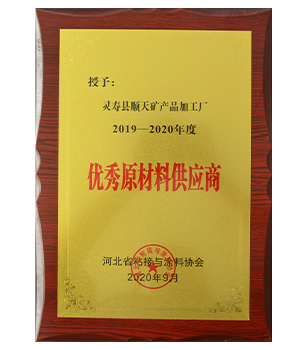
Exploring the Four Main Types of Iron Ore and Their Unique Characteristics and Uses
Understanding the Four Types of Iron Ore
Iron ore is one of the most essential raw materials in the production of iron and steel, which are fundamental to the construction and manufacturing sectors. The world's iron ore reserves can be categorized into various types based on their chemical composition, formation, and the environments in which they were created. In this article, we will explore the four primary types of iron ore hematite, magnetite, limonite, and siderite.
1. Hematite The Primary Source of Iron
Hematite is by far the most critical and widely used type of iron ore, making up about 70% of iron production globally. It consists primarily of iron oxide (Fe2O3) and typically appears in a reddish-brown color. Hematite is primarily formed through sedimentary processes, often resulting from the oxidation of iron-rich minerals. Its high iron content and relatively low levels of impurities make it an excellent choice for steel manufacturing. Hematite deposits are primarily found in countries like Brazil, Australia, and India, where they are mined extensively.
2. Magnetite The Magnetic Heft
Magnetite (Fe3O4) is another important iron ore, noted for its high iron content of around 72%. It is distinguished by its magnetic properties, which make it a significant focus for magnetic separation techniques in mining. Magnetite typically forms in igneous and metamorphic rocks, and, like hematite, is also mined in large quantities. The color of magnetite is usually black or dark brown. While its extraction is often more complex due to the presence of impurities, the processing of magnetite to produce pellets for steelmaking has become increasingly efficient with advancements in technology. Countries such as China, Russia, and South Africa are notable sources of magnetite.
4 types of iron ore

3. Limonite The Secondary Source
Limonite is a less common type of iron ore, often considered a secondary mineral formed from the weathering of other iron-bearing minerals. It generally contains hydrated iron oxide and is characterized by its yellow-brown color. The chemical formula for limonite is often approximated as FeO(OH)·nH2O, indicating the presence of water in its structure. Although limonite contains a lower concentration of iron (about 60% or less) compared to hematite and magnetite, it can still be used in iron and steel production. Notably, limonite is more prevalent in surface deposits and often forms in bogs, swamps, and wetlands. Significant deposits can be found in the United States and several other countries around the world.
4. Siderite The Iron Carbonate
Siderite (FeCO3) is an iron carbonate mineral that can occasionally serve as a source of iron. Although it has a lower iron content than hematite or magnetite, typically around 48%, siderite can be important in some regions where it occurs in large deposits. Its formation is generally associated with marine sedimentary environments, and it often presents itself as brown or grayish in color. One of the difficulties with using siderite is that it requires a higher temperature for smelting, which increases operational costs. However, in certain locations, such as France and other European countries, siderite has historically played a role in iron production.
Conclusion
In summary, the four types of iron ore—hematite, magnetite, limonite, and siderite—each have unique characteristics and significance in the iron and steel industry. Understanding these variations is essential for efficient mining, processing, and production strategies. As global demand for iron and steel continues to rise, the exploration, extraction, and utilization of these resources will play a pivotal role in supporting economic growth and infrastructure development worldwide.
Share
-
Premium Pigment Supplier Custom Solutions & Bulk OrdersNewsMay.30,2025
-
Top China Slag Fly Ash Manufacturer OEM Factory SolutionsNewsMay.30,2025
-
Natural Lava Rock & Pumice for Landscaping Durable Volcanic SolutionsNewsMay.30,2025
-
Custom Micro Silica Fume Powder Manufacturers High-Purity SolutionsNewsMay.29,2025
-
Custom Mica Powder Pigment Manufacturers Vibrant Colors & Bulk OrdersNewsMay.29,2025
-
Custom Micro Silica Fume Powder Manufacturers Premium QualityNewsMay.29,2025






